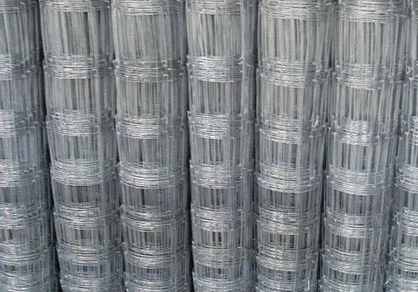

Supply chain logistics, including transportation costs and tariffs, further contribute to the pricing equation. International shipping rates, affected by fuel prices and trade agreements, can add significant costs to the final price of galvanized wire. Moreover, import tariffs can alter the competitive landscape, making domestically produced wire more attractive but potentially raising prices globally. In addition to these economic factors, the specific specifications of the galvanized wire itself influence its price. For instance, wire diameter, tensile strength, and the thickness of the zinc coating are critical factors. Heavier coatings and higher tensile strengths equate to better durability and corrosion resistance, often resulting in higher costs. Buyers need to closely match their requirements with available options to optimize both performance and expenditure. Maintaining awareness of these factors requires diligent market analysis and reliable information sources. Engaging with industry experts, subscribing to newsletters, and participating in trade shows can provide valuable insights into market trends and future price movements. Partnering with reputable suppliers who offer transparency in pricing and material specifications also enhances decision-making and trustworthiness. Establishing a pricing strategy involves more than simply reacting to market changes; it requires anticipating potential shifts and planning accordingly. By understanding the underlying factors affecting galvanized wire prices, businesses can leverage this knowledge to negotiate better deals, minimize risks, and ensure sustainable operations. In conclusion, the price of galvanized wire is the result of complex interactions between raw material costs, manufacturing processes, market demand, supply chain logistics, and product specifications. Staying informed and adaptable in response to these factors is paramount for optimizing purchasing strategies and maintaining a competitive edge in industries reliant on this essential material. By approaching the market with both expertise and strategic foresight, businesses can navigate the galvanized wire landscape effectively, making sound decisions that uphold both quality and cost-efficiency.

















